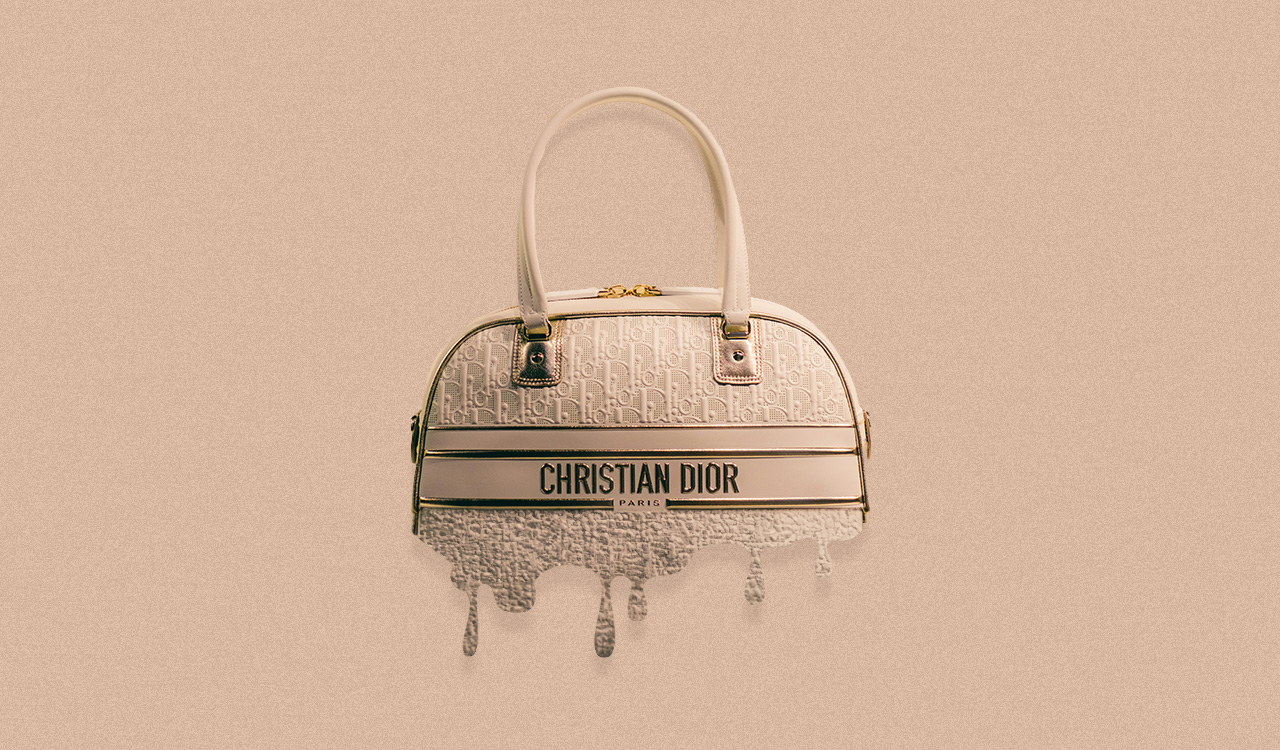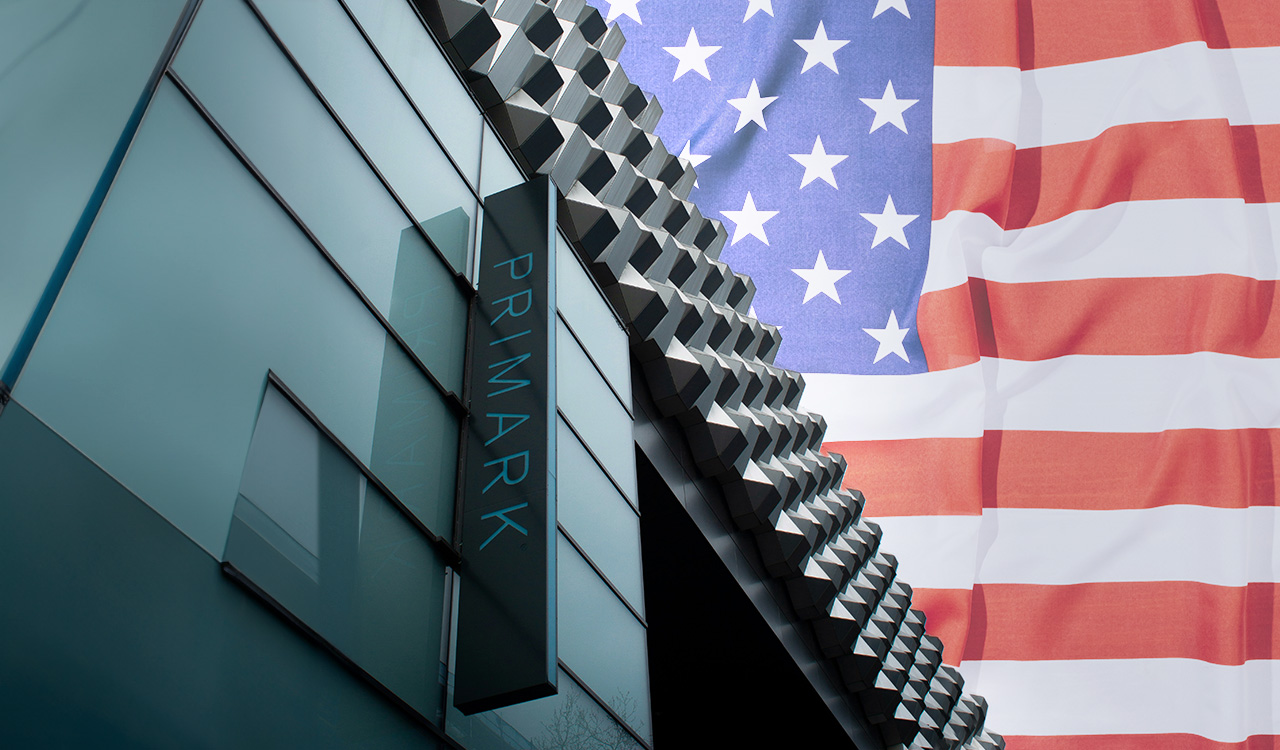This is a precarious time for all retailers, but particularly those deemed non-essential: Inventories are piled up and on-orders slashed; relationships with suppliers, landlords and employees are fraught; cash is scarce and the timelines for stores opening and customers responding are murky. Many, if not most, are focused only on short-term survival.
Multiple Scenarios
As we plan for the post-pandemic future, we\’d do best to plan for multiple possible scenarios. For over a decade now, we assumed steady consumer spending growth, some jockeying among competitors and steady momentum continuing towards digital. Today, there are so many more variables at play and a much wider range of outcomes to consider, contingencies to plan for and opportunities to exploit.
For management teams engaged or soon-to-be engaged in scenario planning, you should consider five broad forces shaping the future of our industry: Acceleration, Distortion, Depression, Natural Selection and Government.
1. Acceleration
The march to ecommerce has become a sprint, which is perhaps the most obvious outcome of the coronavirus crisis. Remember several years ago when website developers adopted the mantra of mobile first? It\’s clear now the paradigm for much of retail, today and for the foreseeable future, will be digital first. For an increasing number of retailers, the primary role of brick and mortar will be to facilitate digital transactions and promote brand loyalty through the experiences of showrooming, ordering, fulfilling, pick-up and return.
[callout]For over a decade now, we assumed steady consumer spending growth, some jockeying among competitors and steady momentum towards digital. Today, there are so many more variables at play and a much wider range of outcomes to consider, contingencies to plan for and opportunities to exploit.[/callout]
The impact of digital first on stores is crystal clear. Even before the pandemic, a large part of the mall-based, non-essential retail economy was past maturity and in decline. This crisis will kill off the weak, including full-scale retail brands, retail locations and shopping centers.
Digital first applies to retail operations as well. Design is moving to 3D, sometimes linked in real-time to sourcing and pricing. These 3D images can also be tested with consumers, in multiple phases, to help optimize assortment and help manage an individual product\’s lifecycle, from product development, buying and planning through to allocation and clearance. Finally, this crisis has cratered today\’s supply chains, but will definitely spur retailers to develop processes that are more technologically integrated and responsive in real time, connecting hyper-local, dynamic demand forecasts to decisions far upstream, even to the selection of raw materials.
2. Distortion
There will clearly be differentiated impacts by sector. Retailers and their locations supported by travel, tourism, entertainment, sports venues and gyms are suffering the worst. Others are benefiting: the obvious, Amazon, plus nesting-driven retailers and food retailers. When the commercial world opens its doors again, retailers and brands that offer safety and familiarity may have an advantage over lesser-known brands that trade on innovation and novelty. Marketplace distortion is nothing new, but it looks more dramatic now in separating the winners from the losers after the crisis has abated.
There is also a consumer behavior distortion we are experiencing from shelter in place. We are dressing down, cooking, DIYing and drinking in place. No one knows if these trends will continue after lockdown or whether we might herd towards the exact opposite when \”normal\” returns. The opportunity is to bank on consumers\’ needs to celebrate emergence back into their lives, marketing in mindful, sensitive ways to reconnect with customers who want to reclaim a sense of personal agency and freedom.
3. Depression
A sustained and deep economic downturn is possible, if not probable. Recent reports suggest a realistic \”return to normal\” may take two years or more. Plus, any retailer who has suffered a bad season knows it takes a good 18 months to regain momentum. And it\’s still unclear when that clock will start ticking.
Even if this crisis is relatively short, retailers\’ cash will be rationed, resulting in reduced investments in inventory, infrastructure and innovation.
A prolonged downturn will also scar consumer psyches. The generation that lived through the Depression lived, spent and saved far differently after it ended. We\’ve all heard the phrase, \”Depression mentality.\” It\’s important for retailers who target Gen X through Gen Z to understand and connect with the changed attitudes and behaviors of these consumers if we do enter a significant economic depression. They have been hammered twice now – just as they started looking for or beginning their first job then came the Great Recession. Now, 10 years later, we have COVID-19.
4. Natural Selection
Some commentators compare this global crisis to a mass extinction – a consequence of a catastrophic global event. For retail, this means the big and the liquid will survive while the weak and indebted die off. Amazon and Walmart are winning because as they increase scale for their concepts, it results in more selection, lower costs, better service and higher switching costs. They have the cash, leadership and determination to keep the flywheel spinning.
Retailers with strong brand equity including Nike, Louis Vuitton and Apple will survive. And those with superior value propositions including Ulta, Warby Parker, Amazon and Costco will emerge even stronger and more dominant. Yet size is no protection from mass extinction. Macy\’s, Sears and JC Penney have proven to be too set in their ways to adapt to a changing environment. Toys R Us is gone. Other iconic brands are struggling, including Gap, Victoria\’s Secret, J Crew. This crisis will kill the dinosaurs, even some of the biggest.
Survival during a catastrophic global event historically favors those with diverse portfolios and practices, plus the quickly adaptable. Diversifying sourcing in countries outside China will take on even greater urgency after this crisis. Retail chains that are targeting ever more diverse customers and creating different store and pop-up formats for different types of locations have a better shot at long-term success. In fact, the mall economy\’s reliance on a monoculture of national fashion specialty retail chains made it especially vulnerable when customer demographics and shopping behavior changed. Successful retailers target customer micro-segments, adapting personalized marketing with adaptable operations, including micro-warehouses and customized merchandising.
Small may in fact thrive post-pandemic. Digital native brands that are flush with cash and lower fixed costs will have the financial ability to ride out the crisis. Small neighborhood businesses may benefit from customer loyalty and valued as places we know and trust, even if many reopen with new owners.
5. Government
Government continues to play a huge and necessary role in this crisis. Some of its post-pandemic impact will depend on which political party wins in November. Progressives hope the lessons from this crisis will generate political support for a higher minimum wage, universal healthcare and a more generous safety net. Many voters across the political spectrum have gained renewed confidence in their state and local governments through their able handling of the crisis. But let\’s not forget that post-crisis, governments at all levels will cumulatively have added many trillions in debt and depleted their rainy-day funds. As a result, retailers may have to plan for being hit with some combination of higher taxes, higher borrowing costs and higher employee costs.
What Next?
This first step of the scenario planning process (i.e., identifying the forces likely to drive change) employs deductive reasoning: we start with general principles (e.g., Acceleration) and test them to gauge their power. This set of five may work well to describe the specialty retail sector generally, but may not fit your situation precisely; feel free to come up with your own list. Then build the various scenarios you feel are most likely and create plans for each. To describe each scenario, you\’ll want to develop specific narratives around what\’s likely to happen to customer segments, competitors, shopping centers, the macroeconomy, etc.
The five forces I\’ve described above do map to some pretty bleak scenarios. The silver lining is they each create their own set of strategic opportunities: The culling of weak retailers will open up some pretty sizeable market spaces; a depression will lower asset prices, creating good investment/acquisition opportunities; and the closing of legacy department and specialty chains will allow legacy wholesalers and emerging digital native brands to scoop up less expensive leases with less risky terms. Using this framework, you\’ll be best prepared and ready to seize these opportunities when, hopefully, they arrive.




